Occasionally we run across cemetery terms that are unfamiliar. Some terms have similar definitions and some terms are sometimes used interchangeably.
Cenotaph–A monument placed on a grave to honor an individual whose remains are interred elsewhere or whose remains cannot be recovered. An empty grave, often used to memorialize the deaths of those lost in war or another part of the world.
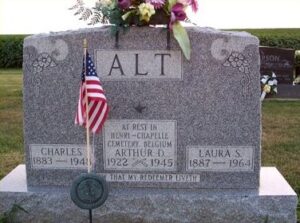
Cenotaph, St. Paul Lutheran Cemetery, Liberty Township.
Casket–A rectangular, decorative container for holding a body at the time of burial, usually constructed of wood or metal.
Coffin–A tapered, six-sided container for holding a body at the time of burial, usually constructed of wood. The words coffin and casket are often used interchangeably.
Vault–A sealed and lined container placed around a casket to prevent the grave from sinking and to protect the casket.
Interment–Burial in the ground, entombment in a mausoleum, or the scattering of cremains.
Mausoleum–An above-ground structure to house multiple deceased individuals within crypts. It may be indoor or outdoor, public, or private, for a specific family. It may contain sections for cremated remains.

Chattanooga Mausoleum, Chattanooga, Ohio
Crypt–A sealed enclosure for a casket, usually within a mausoleum.

Crypts inside Chattanooga Mausoleum.
Sarcophagus–An above ground chamber for a casket entombment, usually made of granite or stone.
Sepulcher–A burial vault, crypt, or small room where human remains are laid to rest.
Entombment–Burial of a casketed body or cremated remains, within a crypt or niche, within a mausoleum, sarcophagus, or columbarium.
Cremains–Cremated remains.
Columbarium–A structure designed to hold cremated remains. It may be inside or outside, freestanding or part of a larger structure, sometimes housed within a mausoleum.
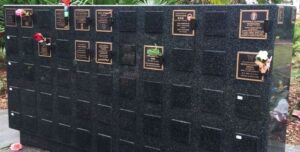
Columbarium
Niche–A space in a columbarium, mausoleum, or niche wall to hold an urn containing cremains.
Cremation Plot-An in-ground space that holds and urn with an individual’s cremains.
Inurnment–Placement of cremains in an urn, followed by placement into a niche.
Scattering Garden/Cremation Garden–An area within a cemetery where cremains are scattered or buried.
Ledger Grave Marker–A decorative stone slab that covers the entire grave.
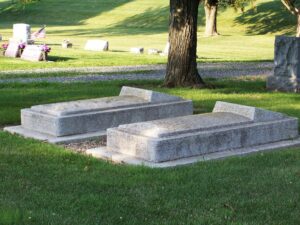
North Grove Cemetery, Celina
Epitaph–Text or a literary piece inscribed on a grave marker or memorial. Biographical information is not part of an epitaph.


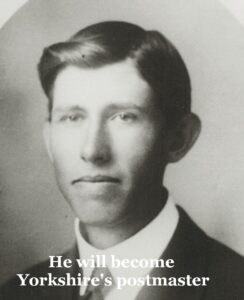


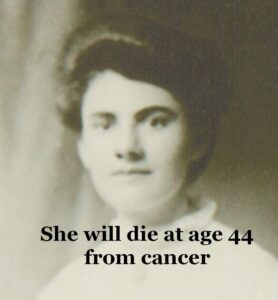
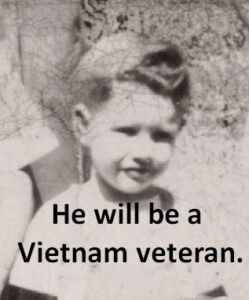
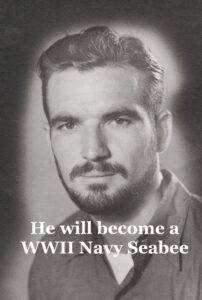

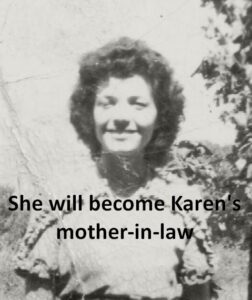

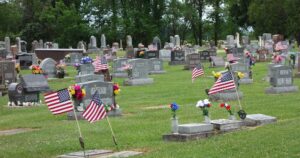
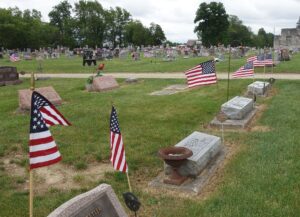
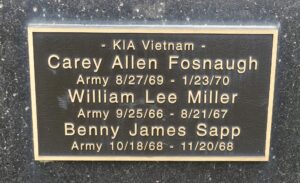
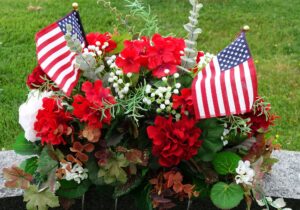
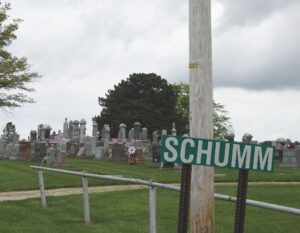
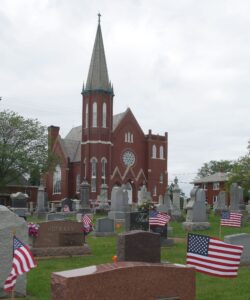



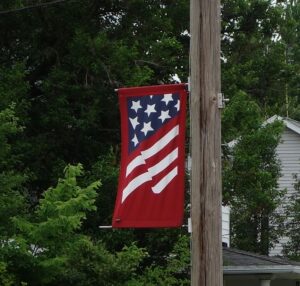

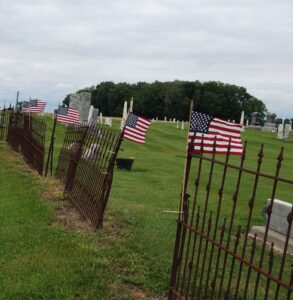


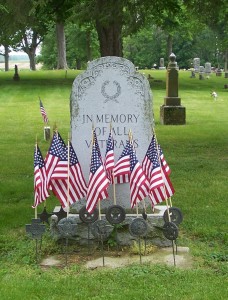


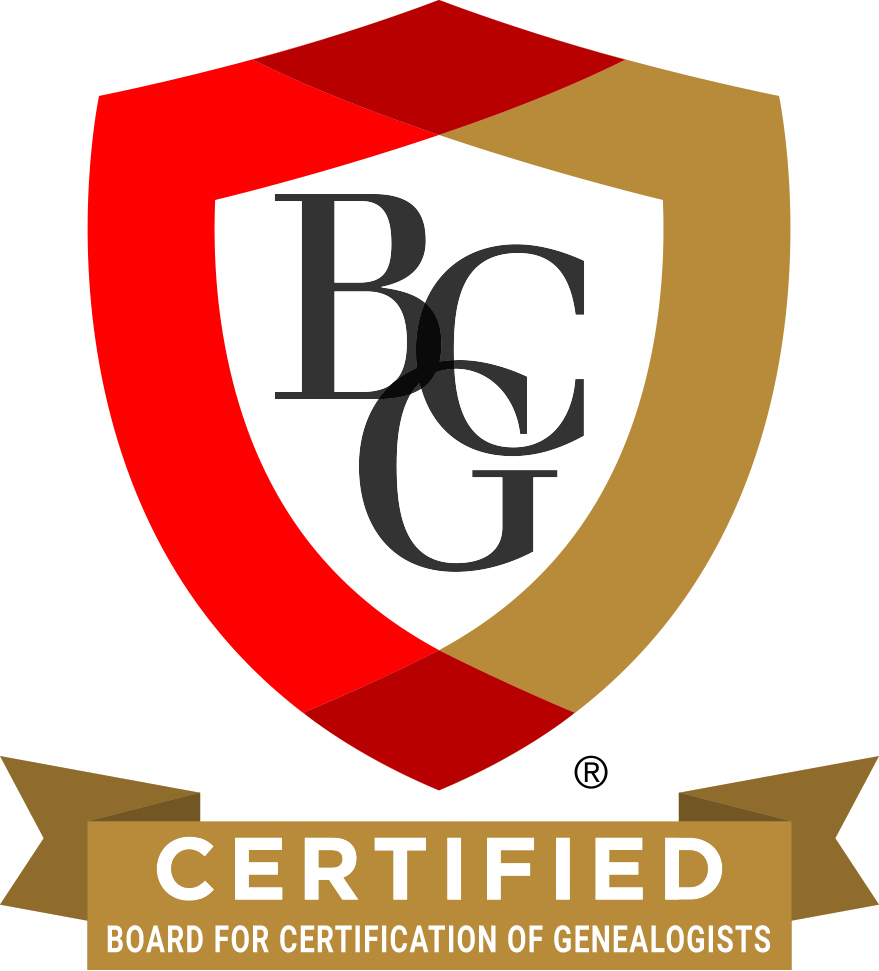
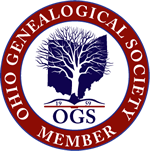

Thanks, Brian. It sounds like it was a wonderful church. I assume a number of Brewsters attended there. It is…
I have the Mount Carmel Sunday And treasurers records from 1907 and 1908. We went there to church all my…
Makes me want to go back! Got this message through our gmail but not through our frontier email. Weird! Great…
Such a wonderful trip and great pictures. Thanks so much for sharing.
Beautiful!